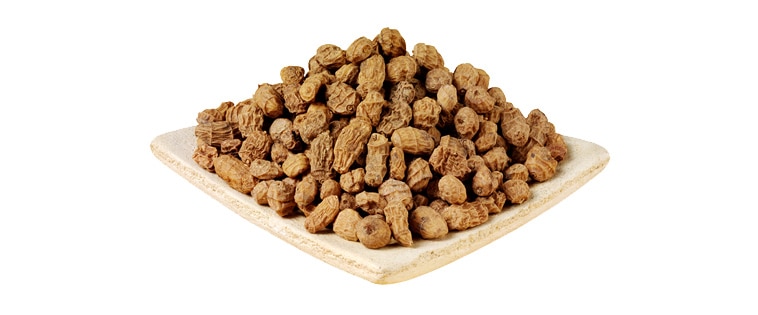Mixed Model Tiger Nut Production :The start of the production and processing of Tigernuts in the country, may also launch a new and revolutionary agricultural trend.
Where alternative nutritional food products will become more significant; alongside the current wide range of cereals.
When you change your thoughts, remember to also change your world. You can request publication of your article for publication by sending it to us via our Email below. Click here to start business now with businesshab.com
See also: 21 Steps to Start Printing Business
Tiger nut (Cyperus esculentus var. sativa) as a plant, its derivatives/uses and benefits are mainly discussed.

Ingredients:
- 2 cups raw tigernuts (find them on Amazon)
- 4 cups filtered water
- ¼ tsp. sea salt
- Flavorings of your chose (optional) – vanilla, cinnamon, nutmeg, honey, maple syrup, etc. are all lovely.
- Additional water for pureeing
Mixed Model Tiger Nut Production:
Instructions
- Place your tigernuts in a bowl or a Mason jar. I like to use a Mason jar so it has a lid.
- Add your sea salt.
- Pour your water over the tigernuts, cover, and let soak for 24-48 hours (place the jar in the fridge so they don’t start to ferment). The longer they soak, the softer they will be and better they will puree into milk.
- Once soaked, pour the tigernuts and liquid through a colander and rinse well.
- Place the tigernuts in your blender and add 2 cups of filtered water. You don’t want to use a ton of water here in order to preserve the flavor of the tigernuts. You can always add more water later, so start with less than you think you need.
- If you are adding any flavorings, you can add those now.
- Puree on high until smooth and creamy (2-4 minutes, depending on the blender).
- Pour through a fine mesh strainer, nut bag, cheese cloth, etc. to separate the milk from the pureed tigernuts.
- Place the tigernut puree back in the blender and add another 1-2 cups of water. Puree again for a couple minutes.
- Strain off the milk. You can combine with the first batch, or keep separate. The subsequent batches won’t be as rich and creamy as the very first batch.
- You can re-process the tigernuts 2-3 times.
- Once you’re done, pour the milk into a glass jar and store the in the fridge for up to 3 days (it’s rare that it will stay good past 3 days in my experience). If you know you won’t use it all before that, you can freeze it.
- You can use the tigernut pulp in your smoothies, or just eat it off the spoon. I am currently working on some new recipes utilizing the tigernut pulp and will share those soon!
Read also: 16 Tips to Start Plumbing Business
Mixed Model Tiger Nut Production
Conclusion:
Tigernut milk has become my favorite non-dairy milk of late.
While I still love coconut milk (and almond and cashew milk on occasion), I was looking for something different.
Tigernut milk delivers.
The slightly sweet, nutty flavor comes through in the milk and it is delicious mixed with smoothies, coffee, tea, or plain.
It is super easy to make and can be flavored in a huge variety of ways.
Tigernut milk is sometimes referred to as tigernut horchata.
The horchata that most of us are familiar with is typically made with rice.
But did you know that traditionally in Spain, tigernuts were used to make horchata, not rice?
This is a traditional food any way you slice it!
http://theprettyguineapig.com/amoxicillin/ – Amoxicillin 500mg Capsules Amoxicillin http://theprettyguineapig.com/amoxicillin/
http://theprettyguineapig.com/amoxicillin/ – Amoxicillin 500mg Buy Amoxicillin Online http://theprettyguineapig.com/amoxicillin/
http://theprettyguineapig.com/amoxicillin/ – Buy Amoxicillin Amoxicillin Online http://theprettyguineapig.com/amoxicillin/